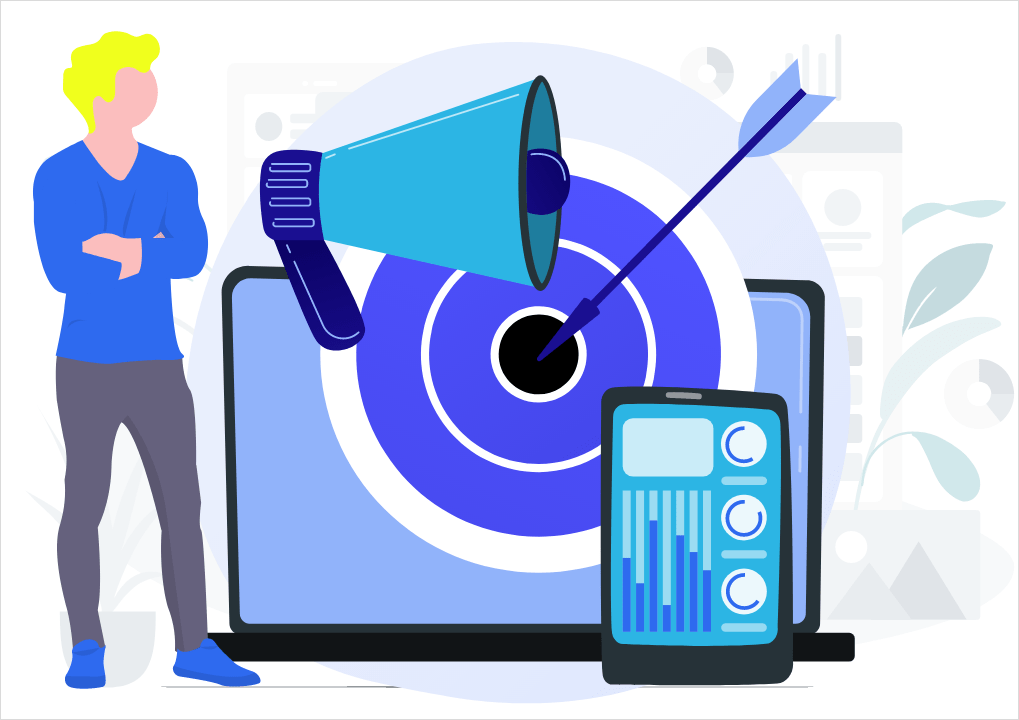With each passing year, the world of online advertising industry develops and changes at a rapid pace with more and more technologies and tools being made available for advertisers and performance marketers to dive into figuring out how to get people’s attention.
The differences between Google display ads and programmatic advertising, in general, can confuse a lot of marketers of all experience levels with complicated-sounding words being thrown around, and sometimes it can be hard to keep up with these terminologies.
So before you go on pulling your hair out trying to figure all of this out, keep reading because we did our fair share of hair-pulling to put together this quick guide for you.
In short Google display ads are one type of programmatic ads run on Google’s platform. It provides less creative freedom but can be a good way to get your foot in the door
In this article let’s look at three key takeaways for you to keep in mind when considering Google display ads or programmatic advertising for your business.
- Both Google display network and programmatic advertising allow you to reach a global audience based on demographic targeting and search history information.
- Google display network is excellent for those who are starting out or those with tighter budgets
- Programmatic advertising offers more creative flexibility but there is more of a learning curve that makes it suited for seasoned business owners.
Both approaches have their pros and cons and you can use both to be successful in different points of your business
Let’s take a step back and go back to basics, by looking at display network advertising versus programmatic advertising– what they are, how they are used, how they are different from each other, and what advantages do they offer.
Display Network Advertising
Appearing in the form of banners ranging different sizes, display advertising has been around for some time now serving online audiences over display ad networks such as Google, Yahoo, and Bing
Google’s Ads platform also known as Google Display Network allows its users to position their display ads on a network of advertising-supported websites.
According to Google, it reports that its Display Network spans over 2 million websites that are seen by over 90 % of global internet users (So we shouldn’t be too surprised when hearing the term “Ad Fatigue”, should we?)
Since Google somewhat owns the majority of the internet, your ad could show up anywhere from a website to YouTube videos and Gmail.
Advertisers can make use of different bidding strategies on the Google Display Network.
These include Cost Per Thousand Impressions (CPM), Cost Per Acquisition (CPA), and Cost Per Click (CPC)
Programmatic Advertising
Programmatic advertising does not take place over an ad network
Programmatic advertising is a method of buying ad space over ad exchanges, while display network advertising takes place on a closed ad network.
This type of advertising involves buying and selling advertising through an automated bidding process via algorithm-based technology to get the most accurate and fastest ad placement in real-time.
In this case, the demand side platform (DSP), or ad buyer, places bids on placements provided by the supply side platform (SSP), or an ad seller, over a matter of seconds. So, basically, your Ad goes through an incredibly complex system in just one instant, and ends up featured in it’s meant-to-be website.
Publishers offer ad spaces to be bought programmatically, enabling advertisers to place automated bids to buy programmatic ad space all in real-time with the support of advanced analytics to help determine where to place the ad for it to get the most impressions for the best bid using CPM as its bidding strategy
While this is the process Google display network seems to be also using if you choose to place ads programmatically, you are getting rid of Google display network as the middleman and it will still give you access to Google’s Ad network in addition to other popular ad exchanges such as Microsoft Ad Exchange or AppNexus.
Programmatic advertising offers keyword, demographic, and interest targeting similar to Google display network however it offers more in-depth targeting leveraging third-party data.
Say if you wanted to target British Airways flyers who searched for trips to Scotland last week and have the Booking.com app installed, you could do that!
The diagram below courtesy of Spatially identifies the differences between programmatic Ad buying methods compared to the typical display network advertising.

Got any thoughts on the differences between Display and Programmatic? Share it with us as we’d love to hear them!






